Design for an Illustration for Walter Scott’s ‘Lady of the Lake’, Loch Achray (ca. 1832)
Technique: Giclée quality print
Recommended by our customers
More about this artwork
We are delighted to showcase Joseph Mallord William Turner's exquisite design for an illustration, titled "Design for an Illustration for Walter Scott’s ‘Lady of the Lake’, Loch Achray." Created around 1832, this piece is a testament to Turner's masterful ability to blend poetic narrative and landscape artistry.In the central tableau of the painting, Turner depicts the serene Loch Achray, a jewel nestled within the Scottish Trossachs. The tranquility of the loch is mirrored by the majestic mountains that rise dramatically in the background, enveloped in an ethereal mist. The soft hues and delicate lighting suggest a dawn or dusk, casting a dreamlike quality over the scene.Not just a landscape, the design also features sketches of figures around the borders, adding narrative depth. To the left, a figure is shown in a dynamic pose, possibly in the act of hunting or exploring. To the right, another character stands draped in traditional attire, gazing contemplatively into the distance. These figures likely allude to scenes or characters from Sir Walter Scott's "The Lady of the Lake," enhancing the interpretative layer of this piece.Above the main scene, the title "LADY of the LAKE vol 1" is inscribed within a decorative border, suggesting the intention of this artwork as a frontispiece or similar illustration for the literary work.Turner's use of soft pencil and washes of color contribute to the overall delicate and suggestive mood of the artwork, inviting viewers to immerse themselves in the romantic vista of Loch Achray, while also pondering the legendary tales woven by Scott.
Delivery
Returns
Joseph Mallord William Turner RA, known in his time as William Turner, was an English Romantic painter, printmaker and watercolourist. He is known for his expressive colourisations, imaginative landscapes and turbulent, often violent marine paintings. He left behind more than 550 oil paintings, 2,000 watercolours, and 30,000 works on paper. He was championed by the leading English art critic John Ruskin from 1840, and is today regarded as having elevated landscape painting to an eminence rivalling history painting.


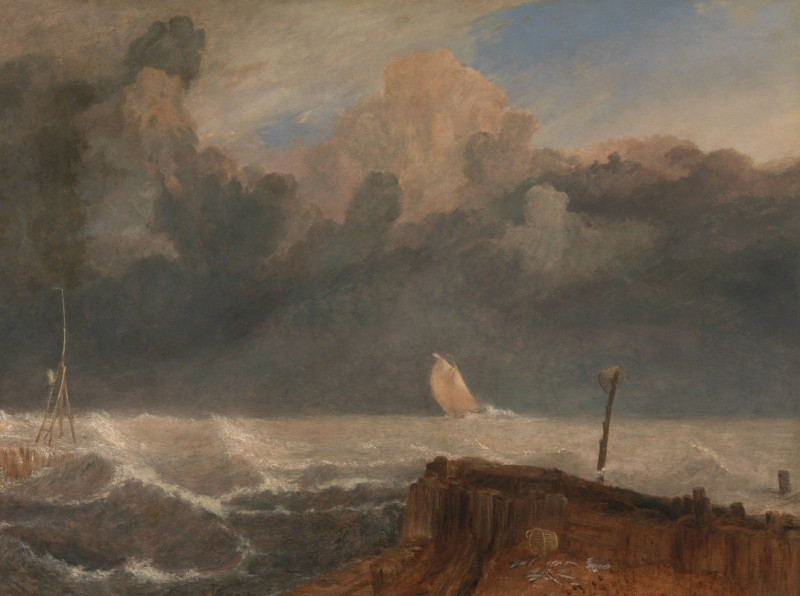
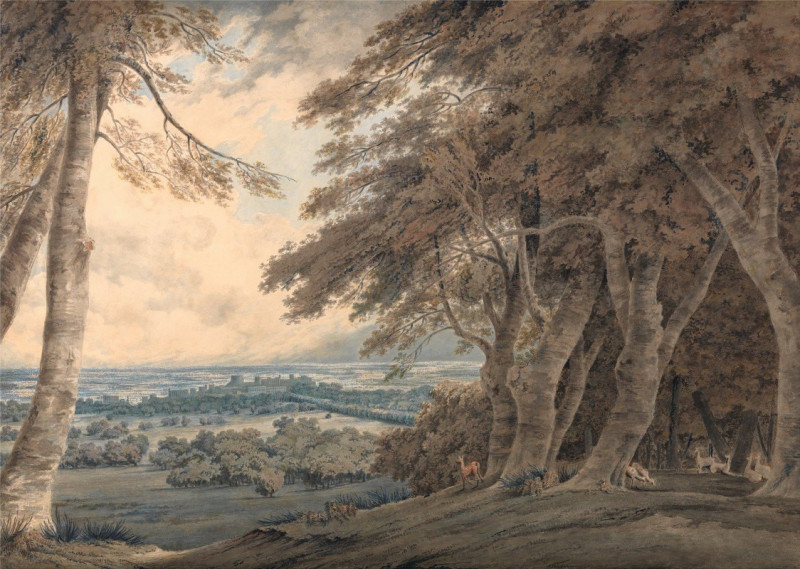
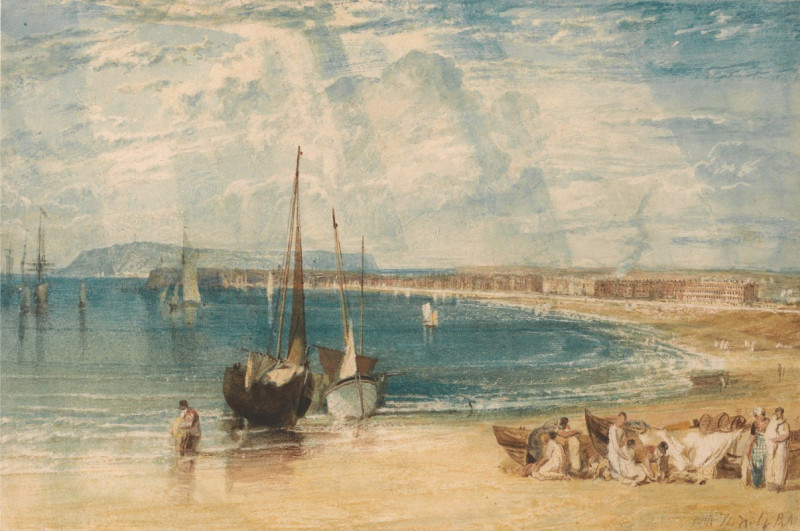
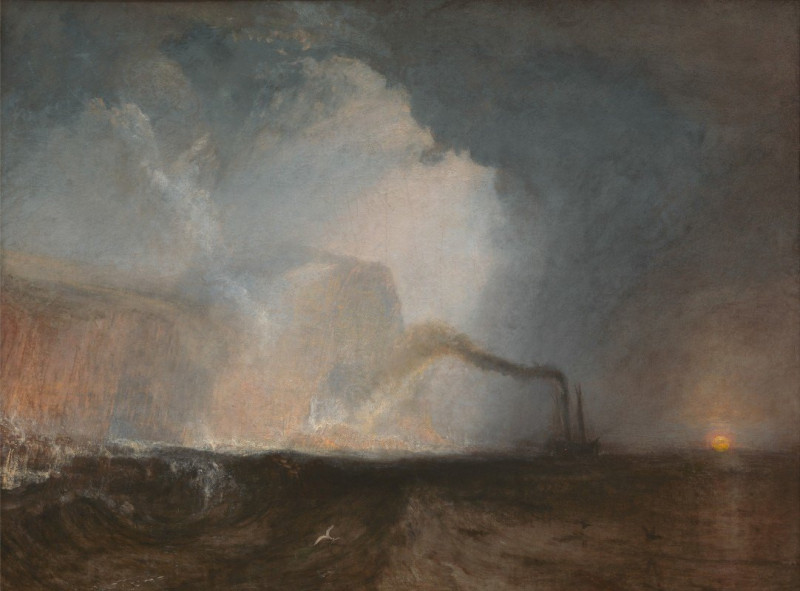
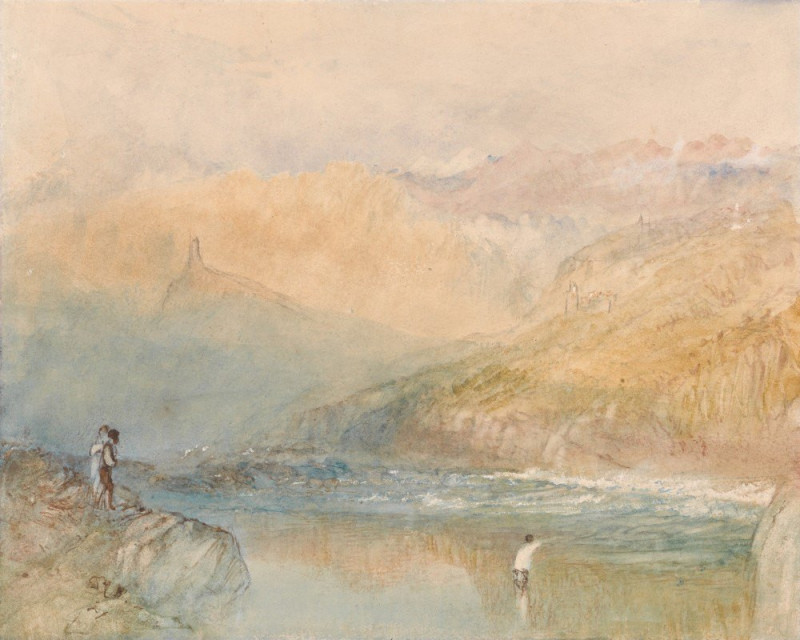
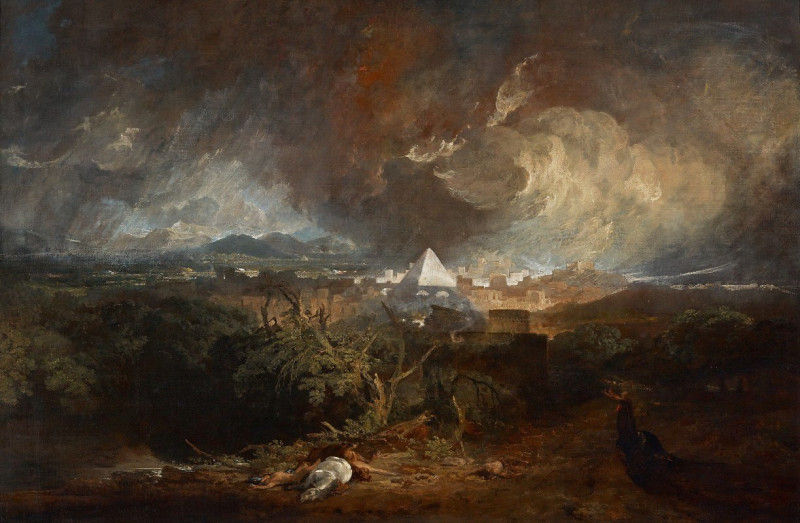

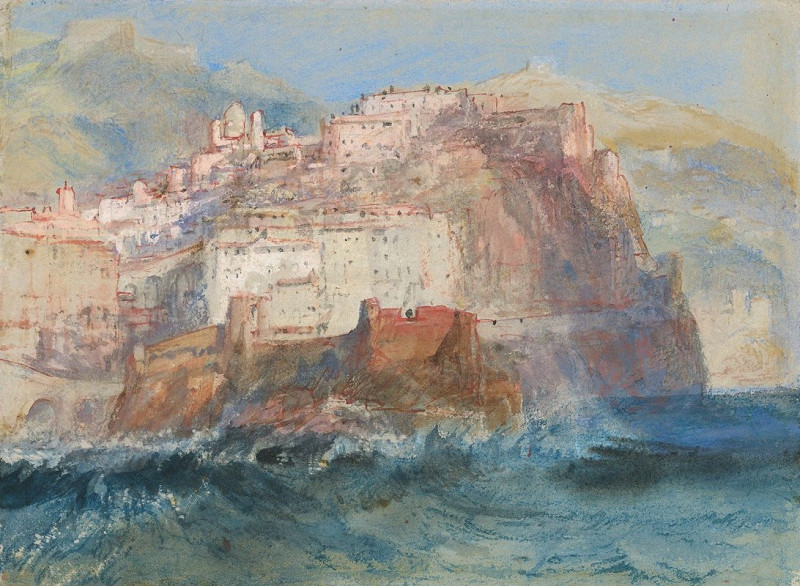
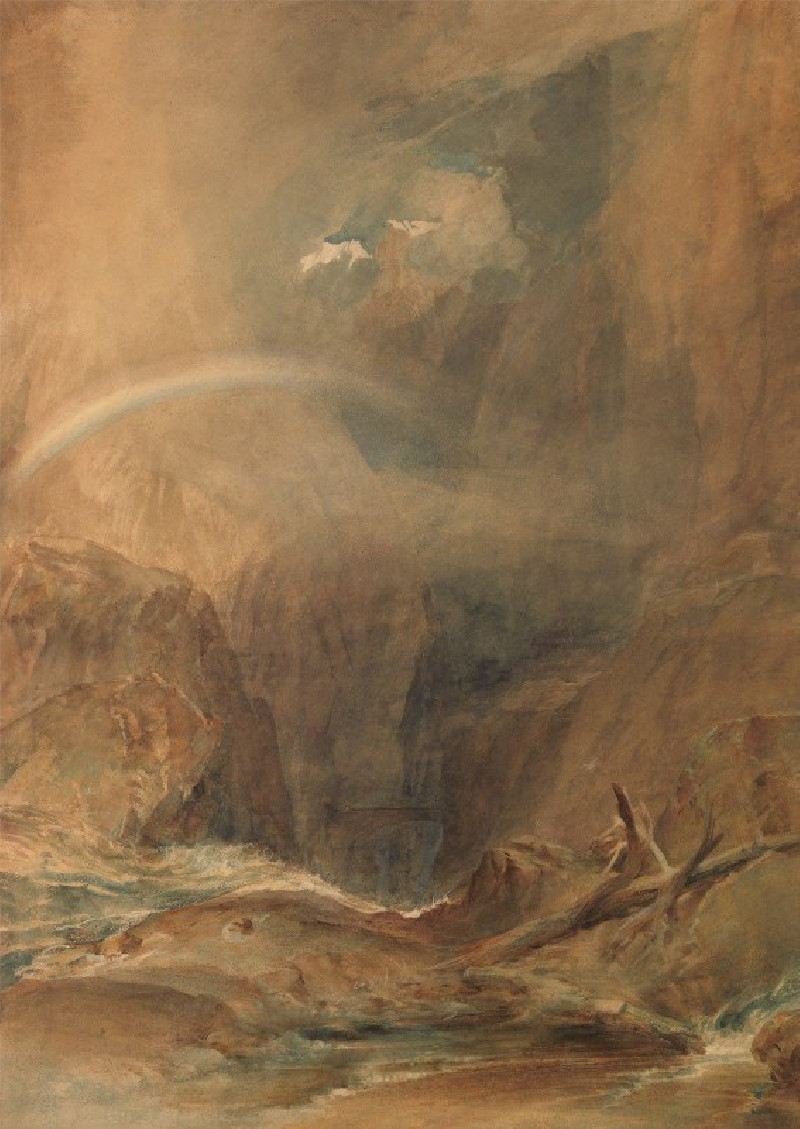

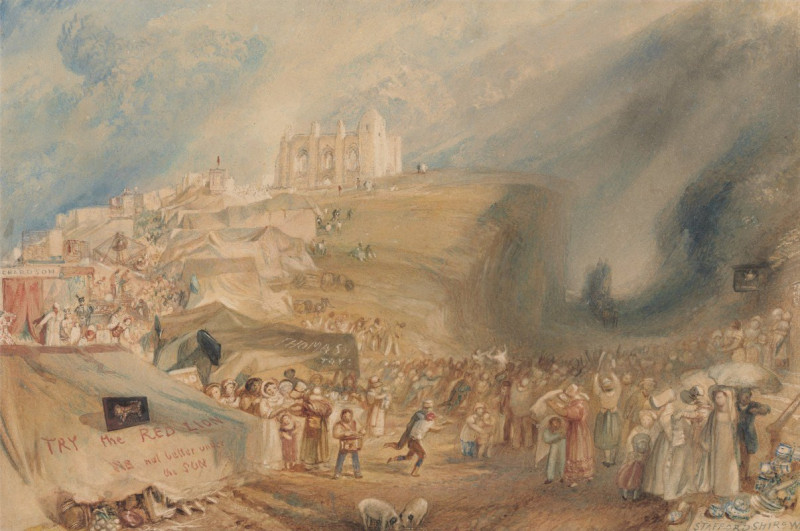
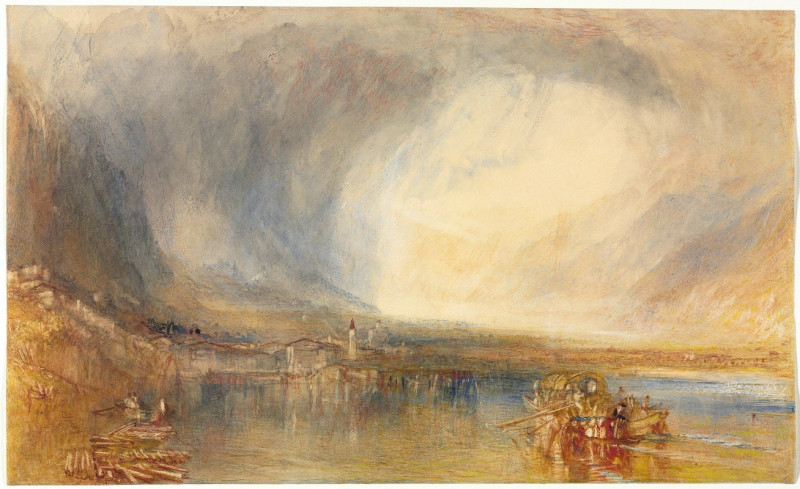
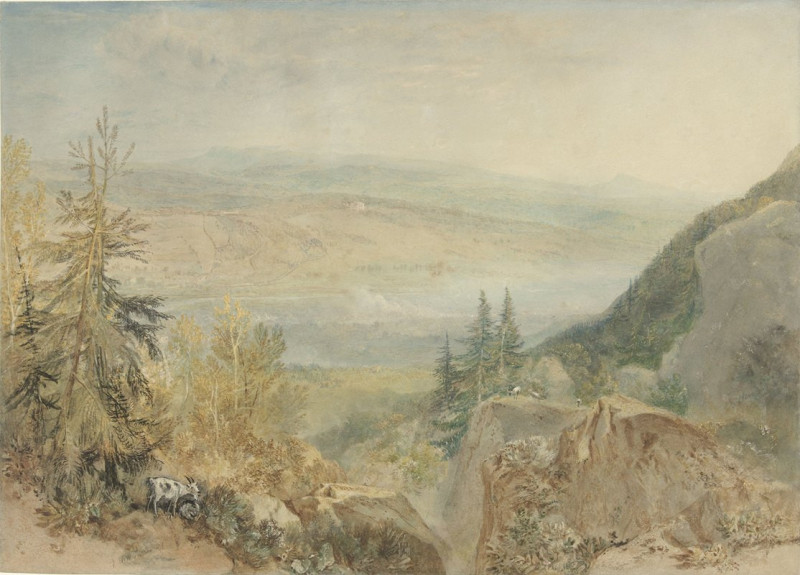

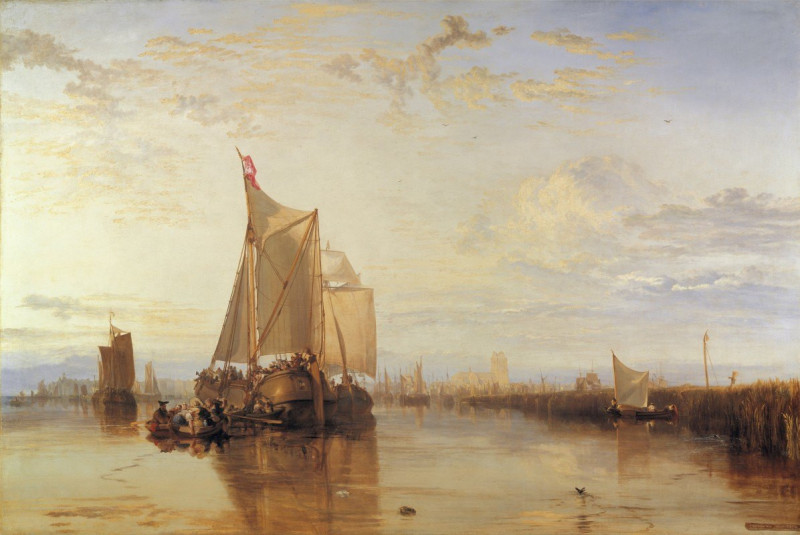



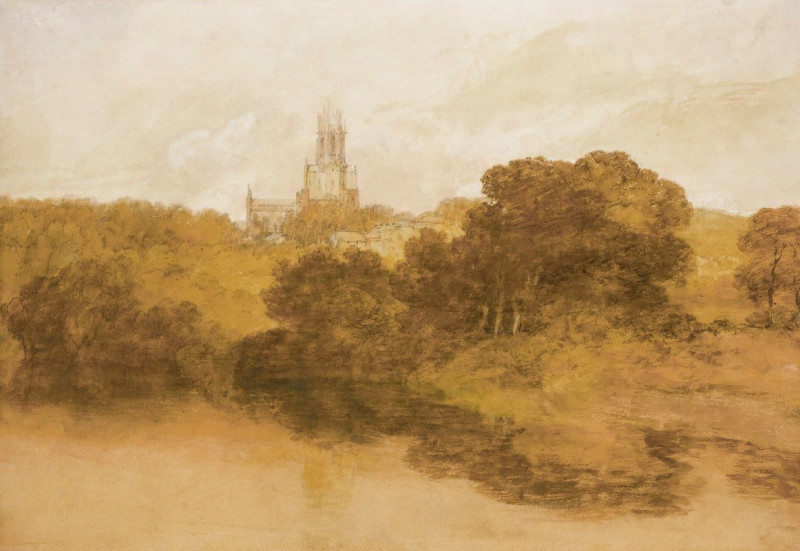
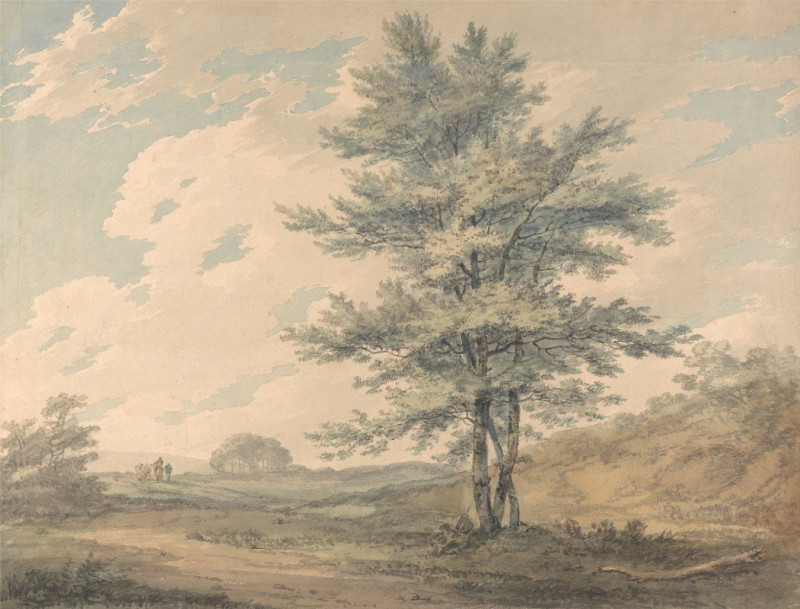

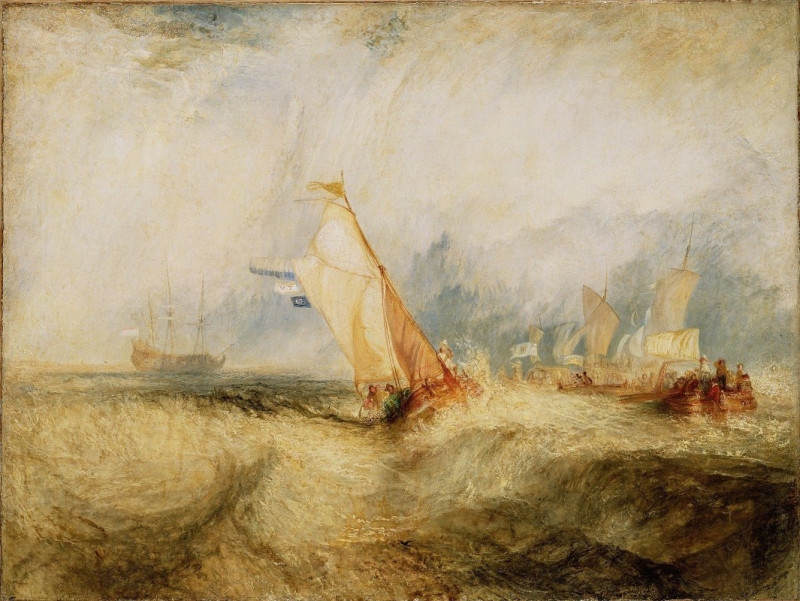
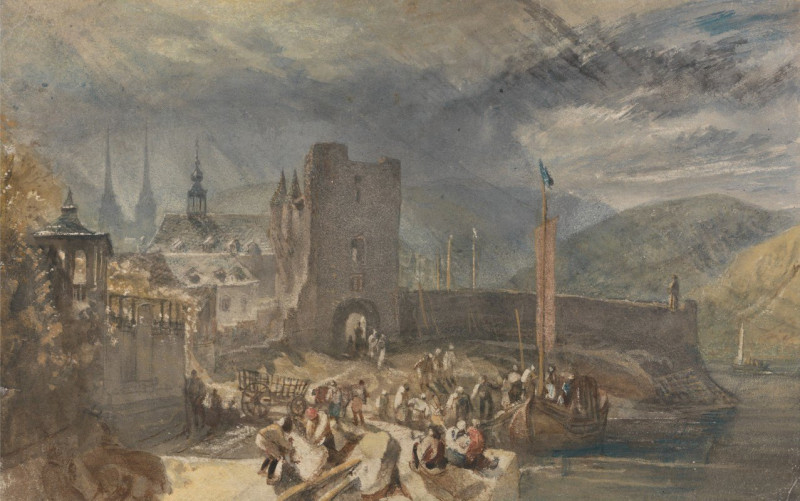
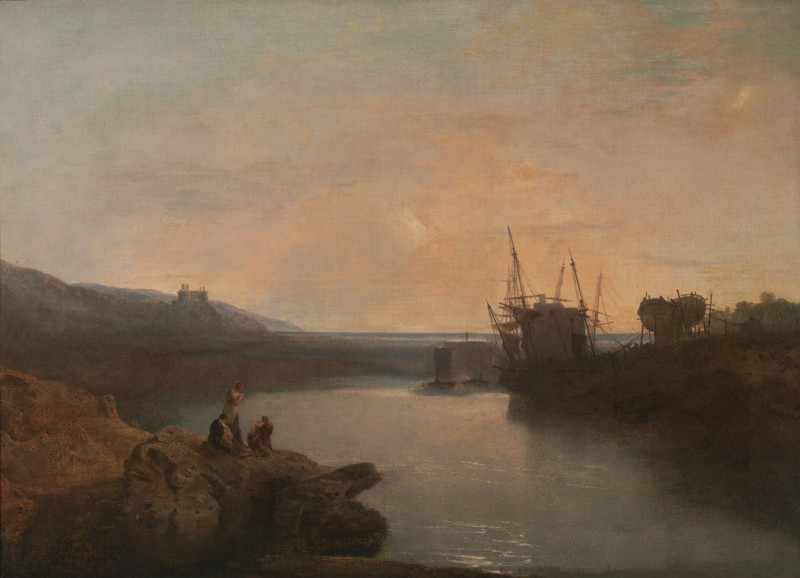


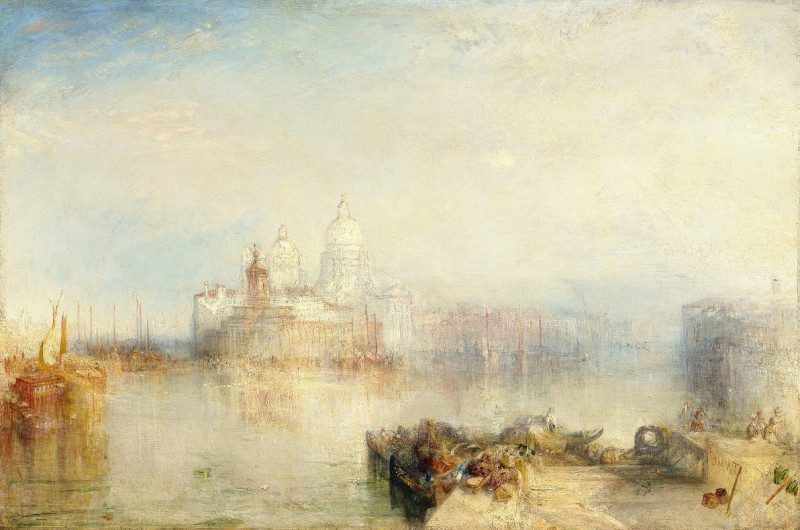

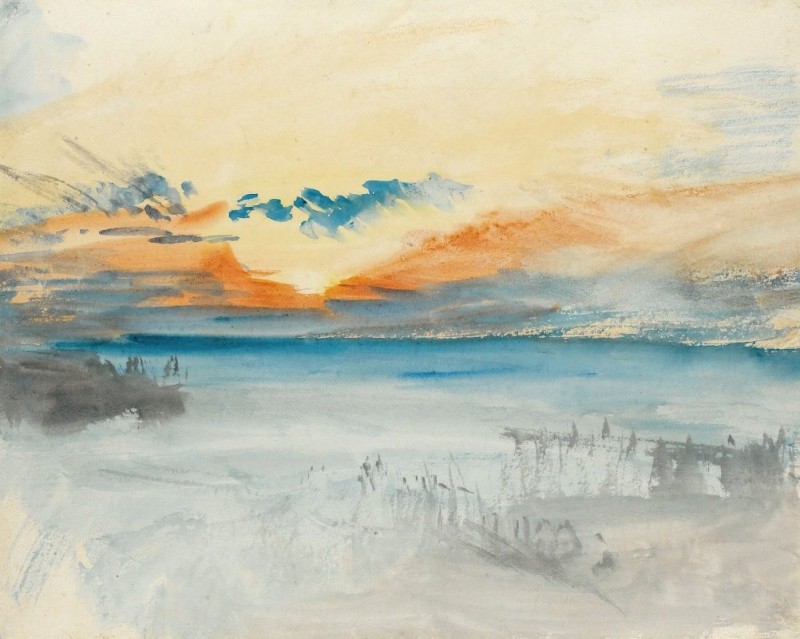


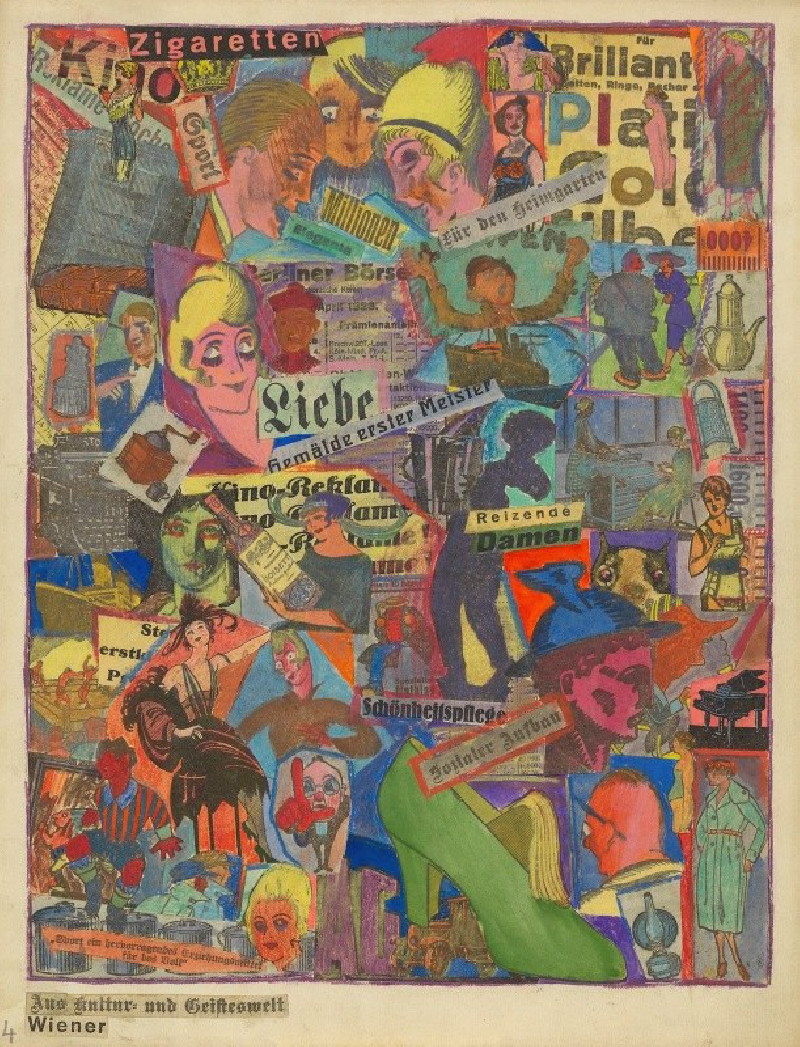
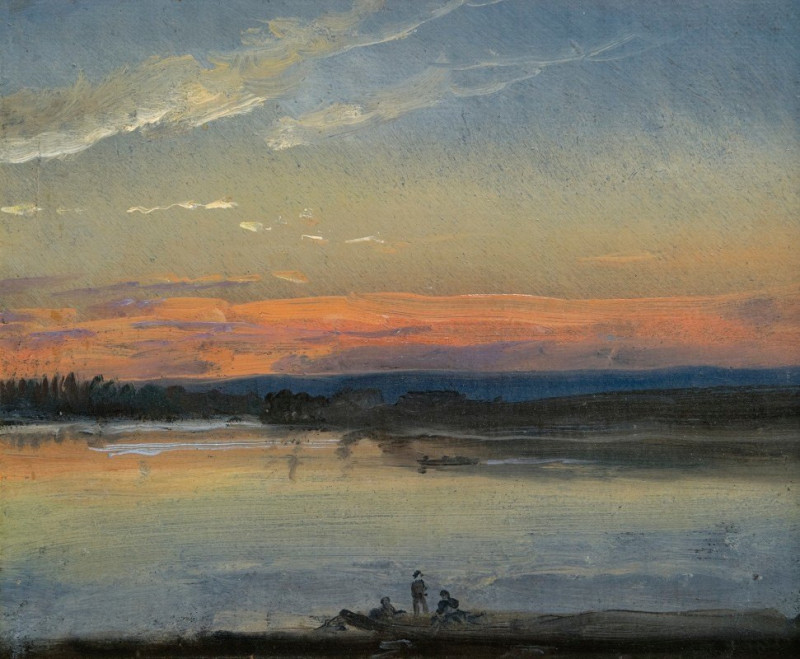

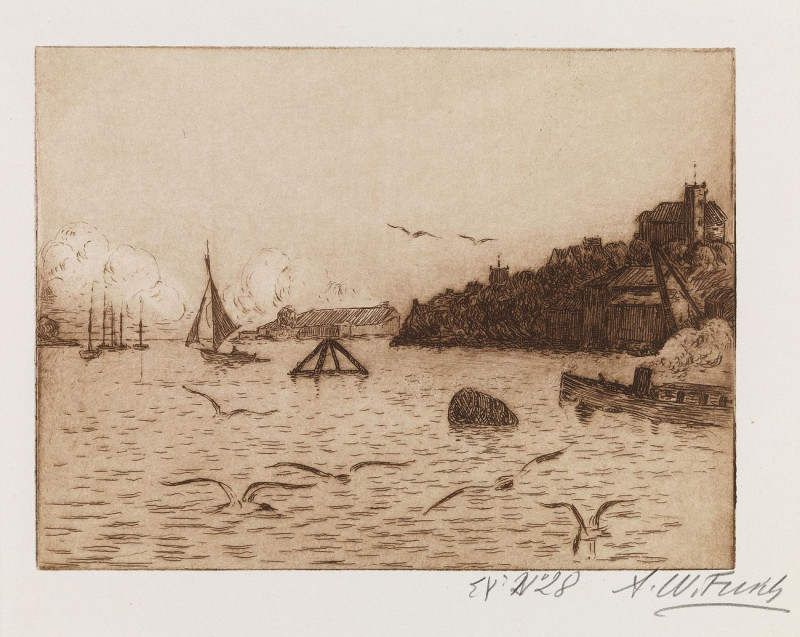
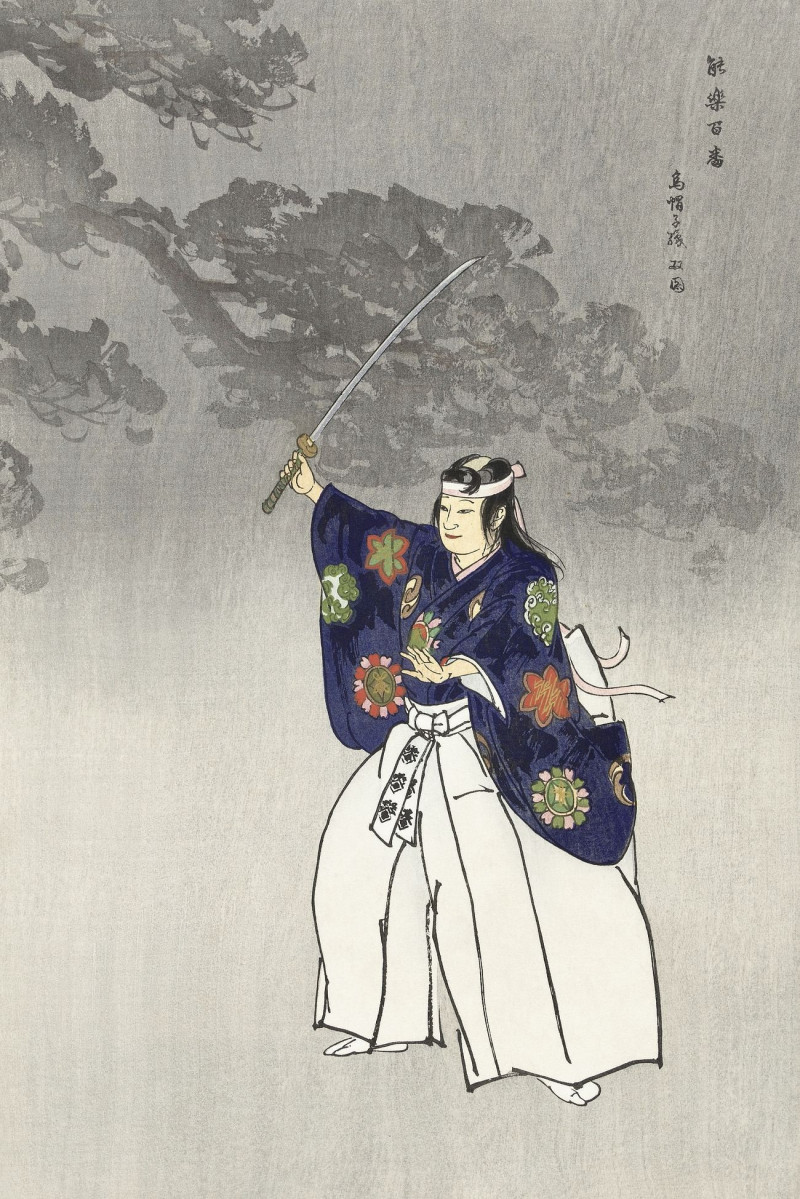
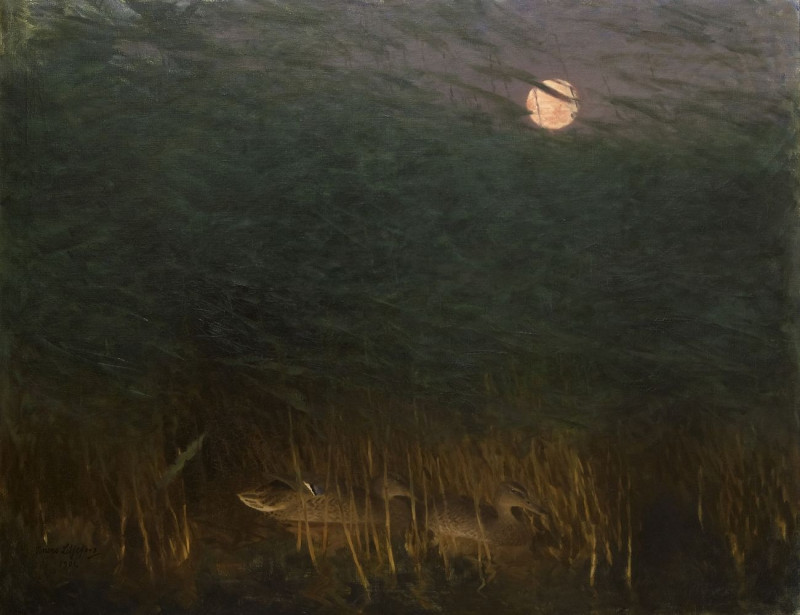
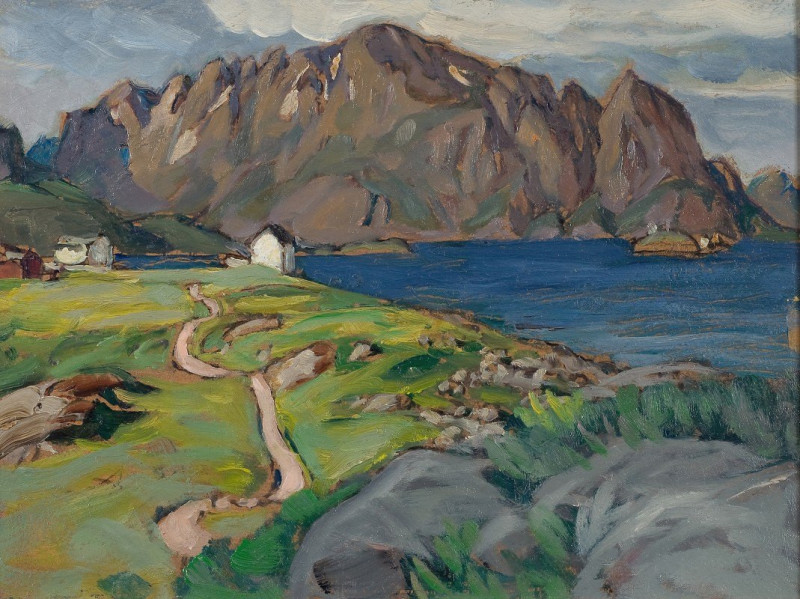
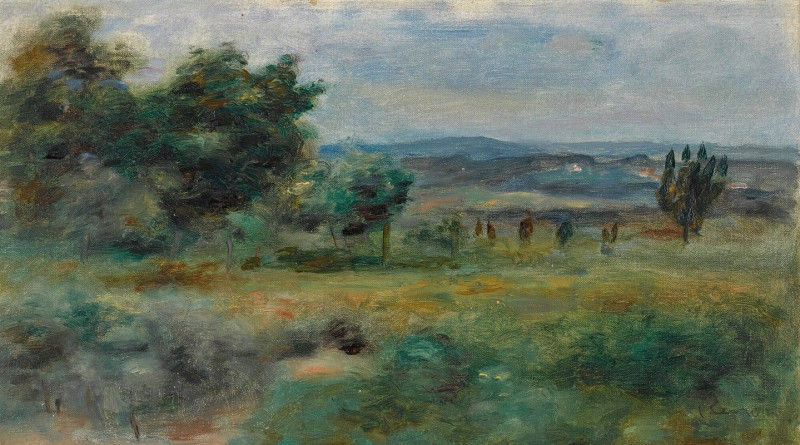
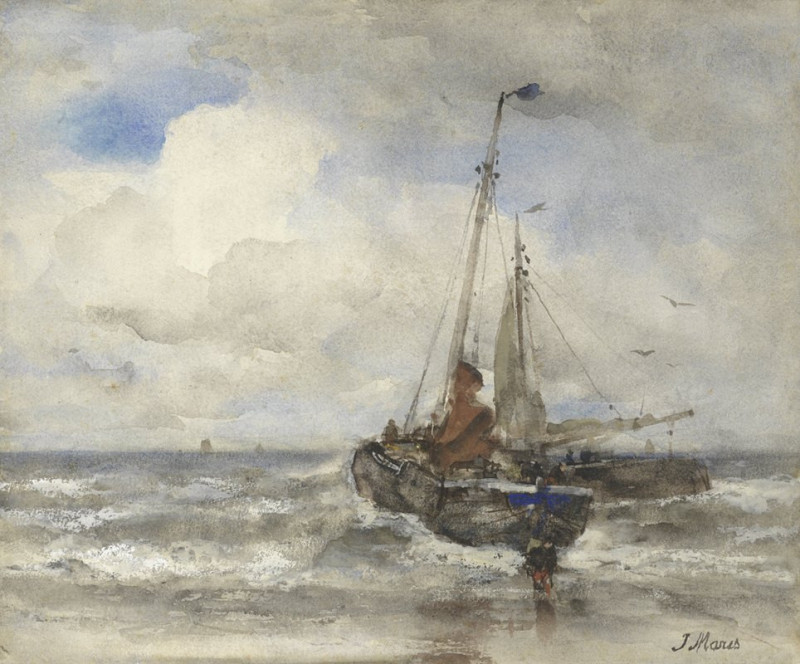
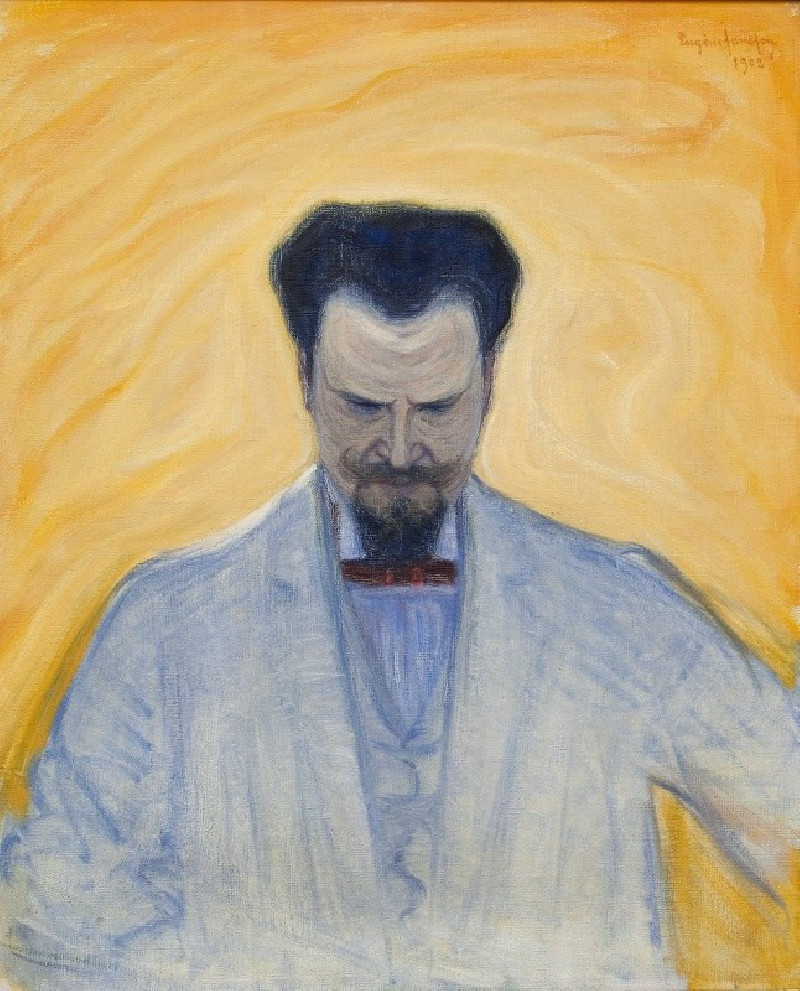

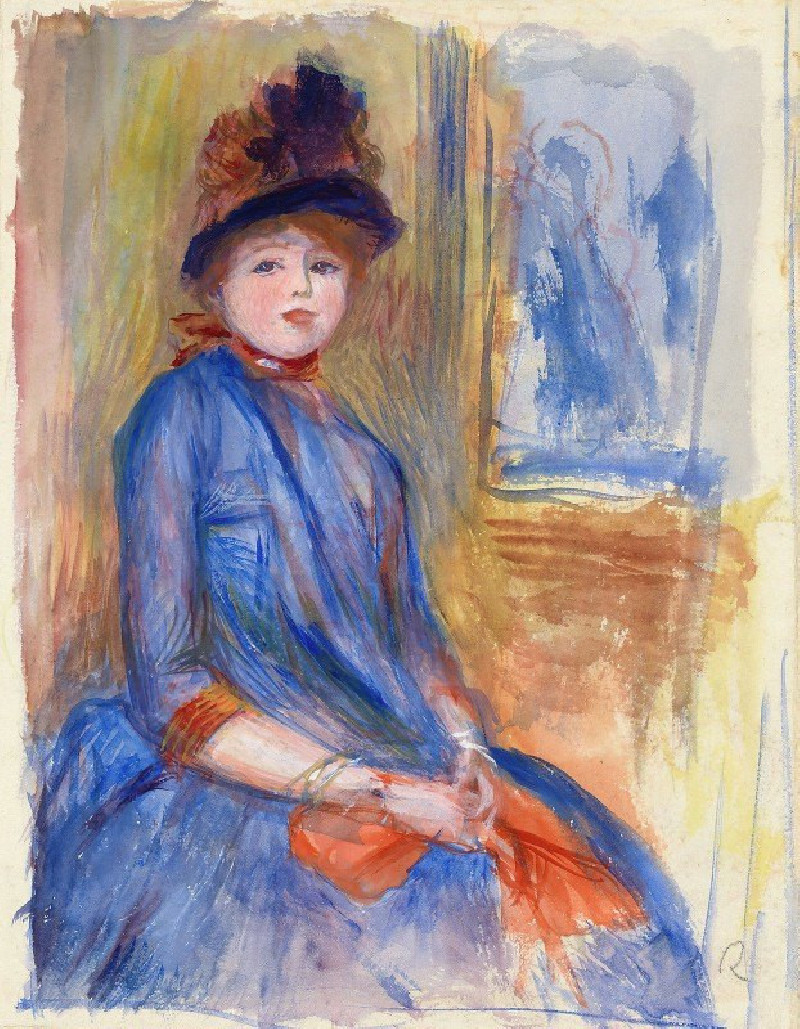

![Untitled [Mother and child] (circa 1924) reproduction of painting by Frances Hodgkins. ALL GICLEE PRINTS](https://reprodukcijos.lt/38355-large_default/reproduction-of-untitled-mother-and-child-circa-1924.jpg)